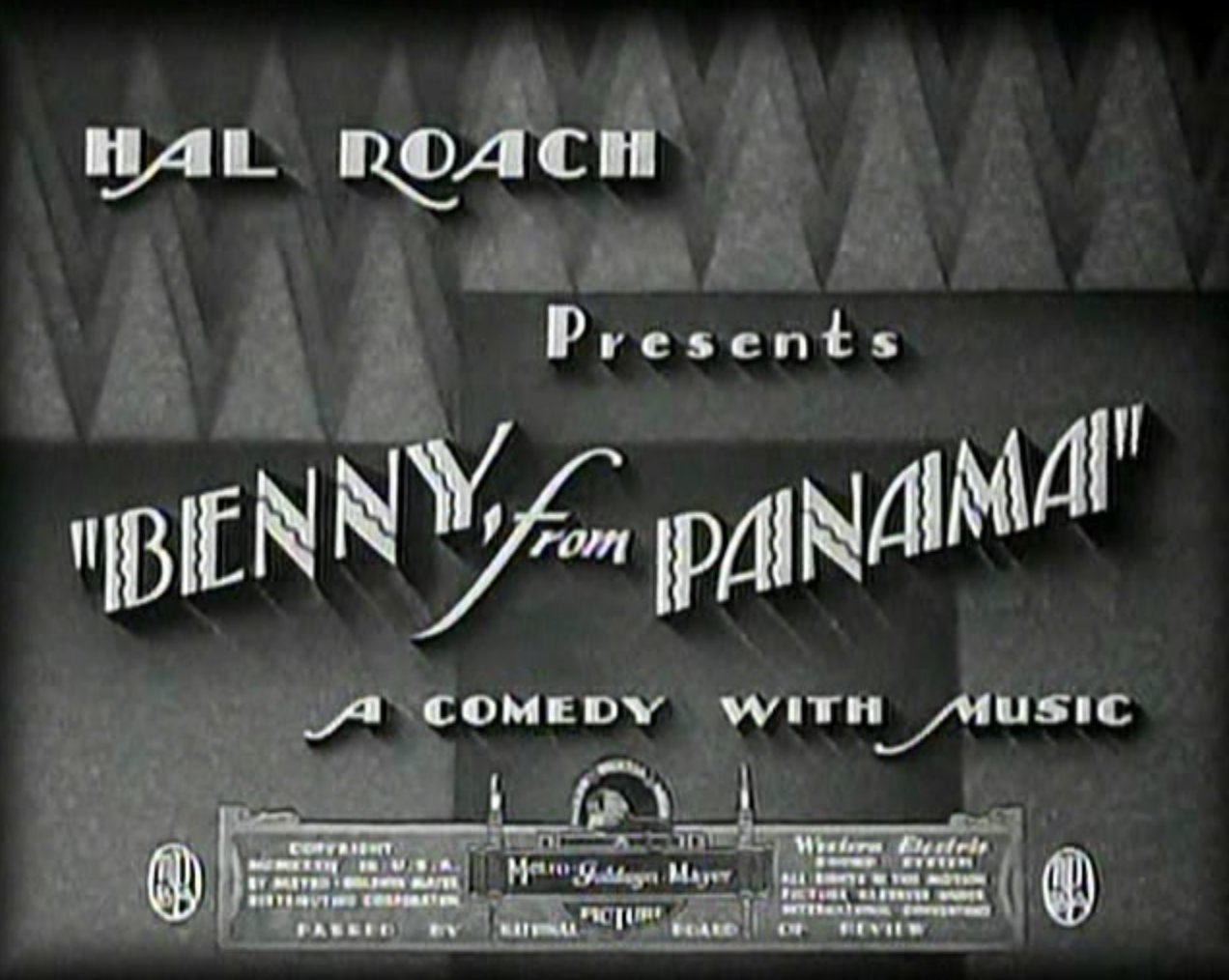
Benny, From Panama
 |
|
(written by Robert Winslow for this website) We open on an external view of a church. Mendelssohn’s “Wedding March” plays as the bride (Jeanette Loff) and groom (Eddie Foy, Jr.) exit amid a throng of rice-throwing guests. One guest, slightly inebriated, loses his cigar as he throws his rice. The cigar lands unnoticed on the train of Jeanette’s veil as she passes by. Bride and groom enter the wedding limo and Eddie bids the crowd good-bye, just in time to receive a muddy boot full in the face thrown by a little boy in a sailor suit (George “Spanky” McFarland). Spanky does a double take as Eddie does a slow burn. The limo departs, and the wedding guests decide they’ll follow the happy couple. Noticing the pursuing cars, Eddie instructs the limo driver to speed up, and in going through a wet intersection all the following cars but one spin out. The remaining car in pursuit, we are soon shown, is occupied by two cops. Meanwhile, Jeanette’s smoldering veil finally bursts into full flame, and Eddie hastily tosses is out the window. Much to the pursuing cops’ bemusement, more burning articles of clothing soon follow out the window as Eddie disrobes Jeanette in the back seat. A motorcycle cop (Pat Harmon) soon catches up, just in time to receive Jeanette’s wedding dress in the face. Blinded, he fails to notice the limo’s taken a left turn and drives straight on into a fountain. The limo pulls up in front of the Avon Apts., Eddie’s home, where the couple plans to honeymoon. The two pursuing cops also arrive, and one commands “Throw your hands up!” Eddie complies, and so does Jeanette, causing her to drop the blanket she’s using to conceal herself and showing herself to be wearing nothing but a slip. Eddie explains they’re honeymooners, which prompts another double take, but Eddie gets a ticket anyways, with the cops explaining that Eddie will be spending his honeymoon in jail if there are any further offenses. Eddie and Jeanette enter the apartment. Jeanette takes the phone off the hook to forestall further interruptions, and when Eddie puts a record on the phonograph for some “mood music,” Jeanette sings “Now That We’re Alone.” When she finishes, she and Eddie start to cuddle, only to have all the wedding guests (including Spanky) pop up from behind the furniture and yell “Surprise!” The guests help themselves to all the food in the icebox (Spanky grabs a large turkey leg), emptying its contents, and settle themselves down to a wedding supper – from which Jeanette and Eddie are completely excluded. The revelry brings Mr. Morton, the building manager (James C. Morton) to the door. Morton explains the tenants below are complaining of the noise, and one of the guests agrees that it’s time they were leaving anyways, while another guest exclaims “Maybe the bride and groom want to be alone!” The guests exit, and Eddie and Jeanette embrace. “Nothing can disturb us now,” Eddie says. The couple has changed into pajamas and dressing gowns when the speaking tube begins to whistle and gyrate furiously. Eddie ignores it, and soon there’s a knock at the door. Eddie answers and admits his old Navy buddy Benny (James Burtis). He exhibits a spot on his cheek, and Eddie inquires what happened. Benny explains it happened in Panama, where he’d been stationed recently: “I even tried to shoot him down!” “An aviator?” Eddie asks. No, not an aviator, Benny says; a mosquito he’s nicknamed Needles. We soon see that Needles (who is approximately the size of a sparrow) has stowed away in Benny’s sailor hat. Eddie introduces Benny to Jeanette, and Benny calls down from the apartment window to six other sailors waiting in a car below at the curb. The sailors come up to the apartment and sing a sea shanty, with one sailor accompanying on an accordion. They then spot the leftover food and begin to gorge themselves. |
|
The commotion brings Morton to the door again, and he collides with the door Stan Laurel-fashion on the way out. This seems to be the cue for the sailors to take their departure, and all except Benny exit. “That’s the trouble with those mugs – they never know when to leave,” Benny says. He asks to wash his hands, and Eddie indicates the bathroom – “right through the bedroom,” he adds. Benny enters the bathroom and after completing his ablutions, slips on a cake of soap that’s on the floor and falls into a full bathtub. The overflowing water drips through the ceiling into the apartment below, where Arthur Housman and his wife are sleeping. Housman gets a quantity of water in the face and awakens. Eddie answers his door to find an irate Housman, who complains about “water coming through my ceiling,” and pops Eddie in the face with a straight right. Returning to his apartment, Housman compels his wife to change beds with him because he can’t sleep in a wet bed. In order to dry out his sailor uniform, Benny dons a frilly dress, which Jeanette huffily points out was a wedding gift from her mother. Eddie offers to help dry out Benny’s uniform. Entering the bathroom, he slips on the same cake of soap and takes a pratfall, the impact of which causes plaster to rain down on Housman sleeping below. Housman storms upstairs a second time and pops Eddie in the face again. In the bedroom, Jeanette, who’s had enough, begins to pack a suitcase to return to Mother. “You should’ve married Benny!” she tells Eddie. Benny settles down on the living room couch, but is soon awakened by Needles, who stabs him in the big toe. Chasing after the mosquito, Benny takes a suitcase to use as flyswatter and climbs onto a table. His exertions send him crashing through the bedroom door into Eddie and Jeanette’s room just as they are reconciling. All three go in pursuit of Needles. Benny’s crash has again sent plaster and lath cascading down onto Housman, who comes upstairs just in time to receive a floor lamp, swung by Eddie in pursuit of Needles, in full upper-body contact, knocking him flat. Housman recovers and, winding up his left, pops Eddie with another straight right, sending him backwards to land at Jeanette’s feet. Needles attacks Housman’s derriere, sending him into contortions, and Housman falls down the stairs behindmost-first. Benny calls down to the sailors in the car, “All hands on deck!” The sailors can’t enter the apartment building through the locked lobby door, so they climb through building manager Morton’s window, stepping on him liberally in the process. The sailors come upstairs and join in the mosquito hunt, tumbling and pratfalling and soon reducing the apartment to a shambles. Morton comes upstairs and almost captures Needles, who escapes out the speaking tube. It’s only a momentary reprieve, however, as Needles soon brings a squadron of equally-large mosquitoes who invade via the speaking tube (much to Morton’s consternation). This sends the sailors, including Benny, out the door and tumbling down the stairs. Housman re-enters wearing a full suit of armor and carrying a battleaxe. He claims he’ll take care of the mosquitoes. All the mosquitoes fly into his suit of armor, and Eddie contains them by slamming the helmet’s visor shut. This sends Housman into a gyrating fury. He runs into the bedroom, and when Eddie and Jeanette enter, they find him sitting on the wreckage of the bed while feathers snow down on everything. |
| Favourite bit Well I kept hoping that Jeanette would somehow pop out of her dress but seeing as she didn't I had to settle for this scene of utter stupidity. Apparently if you want to swat a mosquito then the most logical thing to do is to grab a lamp and swing it aimlessly around your head in order to kill it. |
| Trivia • Copyrighted May 15, 1932. • One source gives a release date of May 28, 1934. • Filmed probably Winter 1933-34 (there are few leaves on the trees seen in exterior shots, suggesting January 1934). • There’s a framed photo of Eddie and Benny together, wearing sailor uniforms, in Eddie’s living room. • Among the six sailors, one plays an accordion. He isn’t shown bringing the accordion into the apartment, so it must have been there already. When the sailor plays the instrument, his fingers don’t move the keys, indicating it’s a nonfunctional prop, nor do his finger movements correspond to the chords heard on the soundtrack. • Eddie’s apartment also contains a grand piano, but it never gets played. • Nine guests are at the table for the wedding supper (not counting Spanky and Fay Holderness, who are seated on the couch). If you include Eddie and Jeanette, this brings the wedding party total to an unlucky thirteen. • When the guests are leaving the church to follow the newlyweds, one of their cars is parked directly in front of a fire hydrant. • Benny’s wedding gift to Eddie and Jeanette is a toy “Microphone Dancer,” a battery-operated figurine that dances when one speaks into a microphone connected to a metal plate that vibrates beneath the figurine’s feet. • Needles the mosquito has a sped-up “laugh” on the soundtrack, while his buzz is produced by a “raspberry” or “Bronx cheer” noisemaker. In effect, he’s taunting the characters in the film. • Music cues: “Bells” (LeRoy Shield), played under opening credits and End title; “Wedding March” (Felix Mendelssohn, arranged by Marvin Hatley), played as Eddie and Jeanette exit the church; “Now That We’re Alone” (T. Marvin Hatley), sung by Jeanette Loff; “Sailor’s Hornpipe” (Godfrey Marks), hummed by James Burtis; untitled sea shanty (T. Marvin Hatley), sung by sailors’ sextet. Robert Winslow's analysis • With BENNY, FROM PANAMA, Hal Roach brought his Musical series to an end. (Around the same time, Columbia also ended its “Musical Novelty” series of shorts, which used rhyming dialogue, and concentrated on purely comedic series, The Three Stooges, Andy Clyde, and Leon Errol, for their next season of short subjects). Roach had inaugurated the Musical series in May of 1933, and initially the shorts were intended to highlight Billy Gilbert and Billy Bletcher as owners of a beer garden. Audience response to these initial three entries was so poor in previews (the second Musical short, KEG O’MY HEART, went unreleased, and the third, MUSIC IN YOUR HAIR, sat on the shelf until June, 1934) that Roach soon retooled the series into an extension of his “All Star” comedies. Cast members were often exchanged between the two (BENNY, FROM PANAMA features in small roles two of the “All Star” actors, Douglas Wakefield and Billy Nelson), and with other Roach series (Eddie Foy, Jr. also worked in the Thelma Todd-Patsy Kelly shorts). Continued lukewarm audience reaction brought an end to the series, but during the 1933-34 season, these shorts, and the All Stars,” helped fill out a schedule somewhat depleted of entries by the other Roach comedy series. Laurel and Hardy were now making only six shorts per season, rather than eight, as their unit began to devote more time to feature films, and in February 1934 a contract dispute between Laurel and Roach closed down that unit until mid-May. The Our Gang series saw no films produced between August 1933 and January 1934, as Roach dealt with the semi-retirement of longtime series director Robert McGowan. Gus Meins took over the Our Gang unit as director in January 1934, dividing his time between that unit, the Todd-Kelly shorts, and directorial obligations on the Laurel and Hardy feature BABES IN TOYLAND. The hiatus in the Our Gang unit’s production therefore freed up contracted Gang members for other film work; hence Spanky’s involvement in this and several other Roach shorts in this period. The Musicals and “All Star” shorts therefore filled a significant gap in Roach’s output while utilizing actors idled by production hiatuses in other comedy series. BENNY, FROM PANAMA is a fairly cohesive short, though one’s appreciation for its comedy is marred by two flaws. One, as William K. Everson observed of the “comedy of frustration” genre, is that the viewer is as apt to be annoyed by the antics of Benny as the characters in the film. The second is the fact that BENNY puts its most inventive comedy material – the wedding and the car chase – at the beginning of the film, so that the rest seems something of a letdown and not nearly as creative and fun. The car chase employs a minimum of rear-projection (used only for closeups) and the shot where five cars simultaneously spin out of control (without colliding with one another) is an elaborate sight gag the rest of the film can’t really top. For a musical short, BENNY confines itself really to featuring only one Marvin Hatley song, “Now That We’re Alone”; the sea shanty sung by the sailors, and James Burtis briefly singing Godfrey Marks’ “Sailors’ Hornpipe,” don’t really qualify as musical interludes, so the short contains little more music than an average Charley Chase short of the period. BENNY retains some aspects of a Pre-Code film. Its comedy of frustration derives from the withholding of wedding night consummation, which would be a more taboo subject later in the 30s, and while Arthur Housman and his wife occupy twin beds, it’s noticeable that Eddie’s apartment bedroom contains only a single large bed – another element forbidden by the Production Code. Eddie Foy, Jr. (of Broadway’s “Seven Little Foys” of the 1910s) has a likeable persona, despite the mounting frustrations he undergoes here. Jeanette Loff had played ingenue roles in the late 20s, including some early talkies, but had returned to the stage in 1931 and was attempting a comeback. Roach featured her in two of the Musical shorts, and while she has a lovely soprano voice, her acting tends to be stiff. British comics Duggie Wakefield and Billy Nelson appear as tow of the six sailor pals of Benny’s, and do some physical comedy during the efforts to rout the mosquito (Nelson appears with a large beach umbrella to swat the mosquito, only to have it open suddenly, causing him to take a sprawling backwards somersault). Spanky McFarland, billed last in the cast list as just “Spanky,” gets less than a minute’s total screen time and has no dialogue other than a “Whew!” reaction after he’s clocked Foy with a boot and splattered him with mud. The short is helped out by some other members of the reliable Hal Roach stock company, such as Arthur Housman and James C. Morton. Cast & Crew notes: •Animation: Roy Seawright. There are animated “wipes” for each credit title, and considerable animation employed for Needles the mosquito, giving it actual movement. •Edgar Sherrod is the minister seen as the couple leaves the church. •Possibly Stanley Blystone as the second officer accompanying Eddie Baker. Sounds like him and resembles him. •Possibly Charles Dorety as the drunken wedding guest who drops the cigar on Jeanette’s veil. •Possibly Harry Bowen as a wedding guest (seen at extreme right of frame at about 1:05) •Possibly Frank Alexander as the fat wedding guest at supper. About right height and weight, though hard to tell from facial profile. If this is Alexander, it would be his last known film appearance. At present, his filmography ends with W.C. Fields’ THE BARBER SHOP (filmed April 1933). |
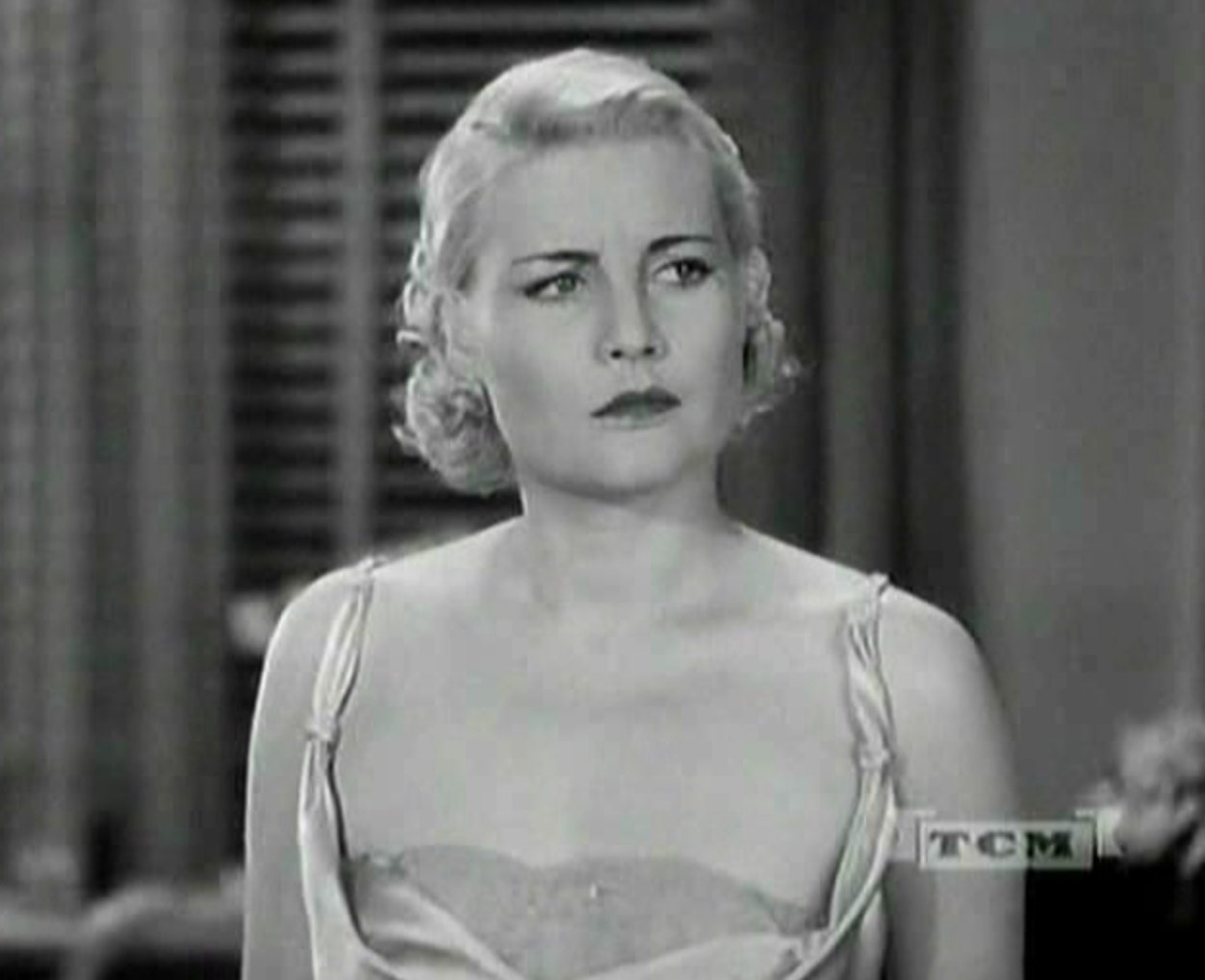 |
Jeanette Loff Jeanette Foy |
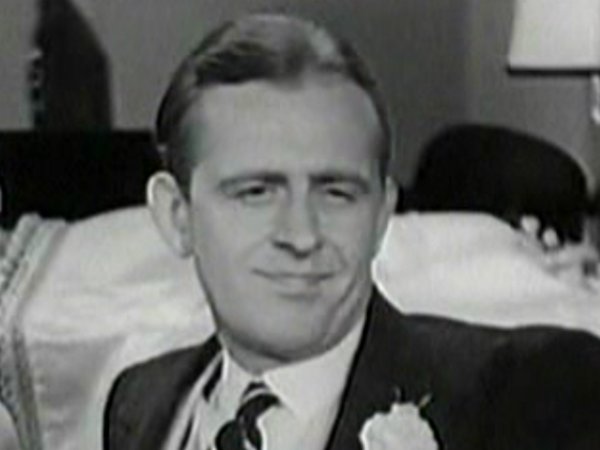 |
Eddie Foy Jr. Eddie Foy |
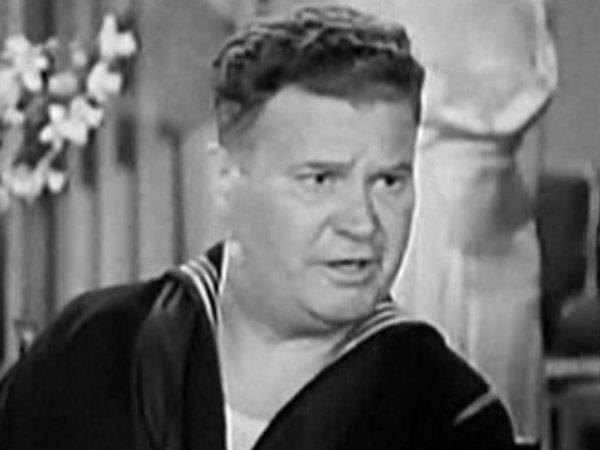 |
James P. Burtis Benny, the sailor |
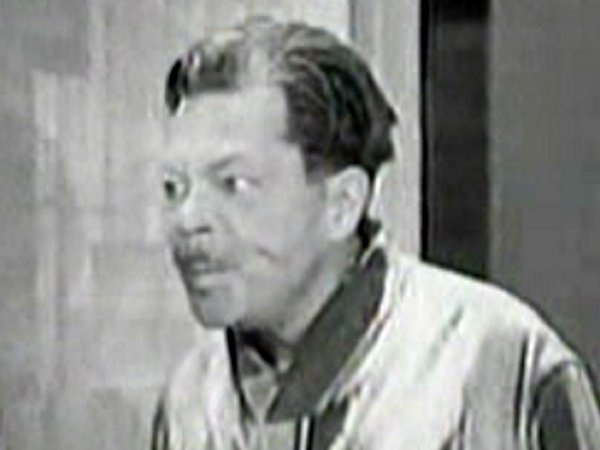 |
Arthur Housman Drunken, irate husband |
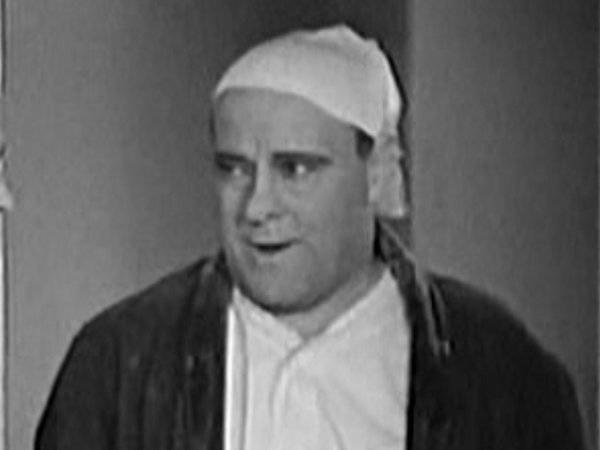 |
James C. Morton Morton, landlord |
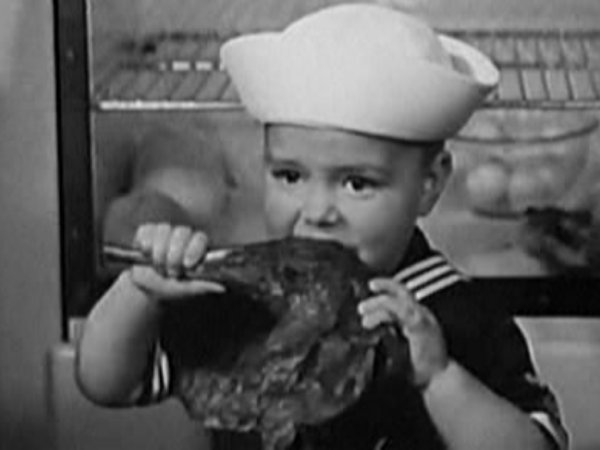 |
George McFarland Little boy in sailor suit |
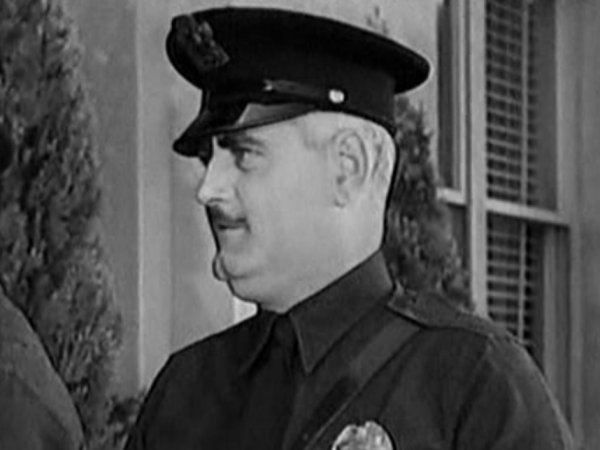 |
Eddie Baker Policeman |
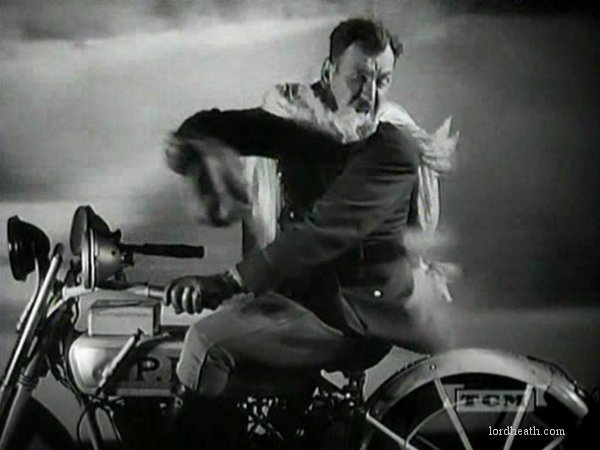 |
Pat Harmon Motorcycle cop |
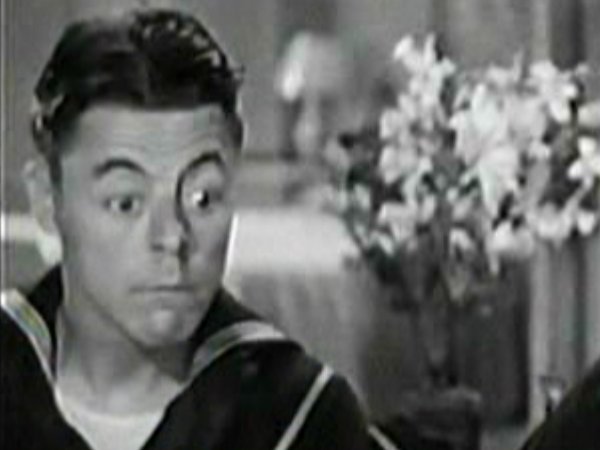 |
Douglas Wakefield Sailor |
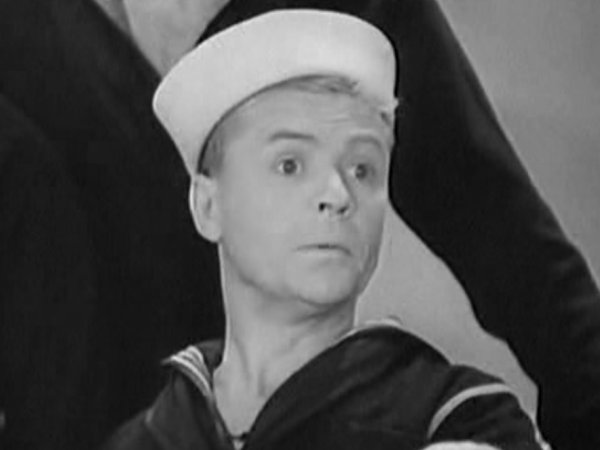 |
Billy Nelson Sailor |
 |
Sam Lufkin Party guest |
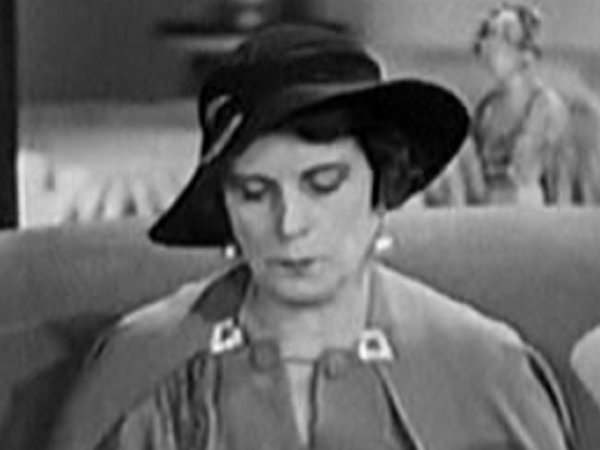 |
Fay Holderness Party guest |
 |
Doc Kelly Party guest |
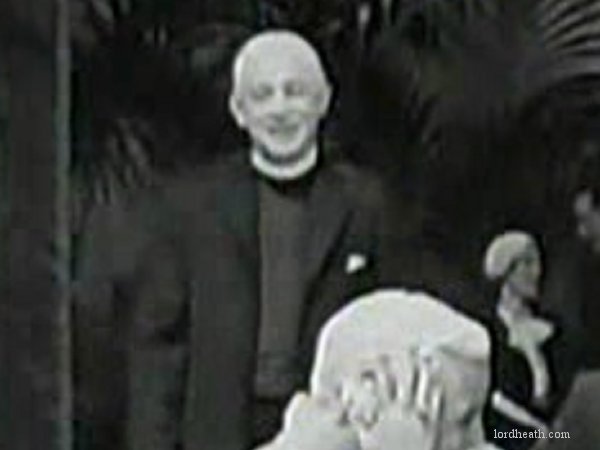 |
Edgar Sherrod Minister |
![[Unidentified] in Benny, From Panama (1934)](web_images/unknown1_benny_from_panama.jpg) |
UNIDENTIFIED [?] |
![[Unidentified] in Benny, From Panama (1934)](web_images/unknown2_benny_from_panama.jpg) |
UNIDENTIFIED [?] |
![[Unidentified] in Benny, From Panama (1934)](web_images/unknown3_benny_from_panama.jpg) |
UNIDENTIFIED [?] |
![[Unidentified] in Benny, From Panama (1934)](web_images/unknown5_benny_from_panama.jpg) |
UNIDENTIFIED [?] |
![[Unidentified] in Benny, From Panama (1934)](web_images/unknown6_benny_from_panama.jpg) |
UNIDENTIFIED [?] |
![[Unidentified] in Benny, From Panama (1934)](web_images/unknown7_benny_from_panama.jpg) |
UNIDENTIFIED [?] |
![[Unidentified] in Benny, From Panama (1934)](web_images/unknown8_benny_from_panama.jpg) |
UNIDENTIFIED [?] |
![[Unidentified] in Benny, From Panama (1934)](web_images/unknown9_benny_from_panama.jpg) |
UNIDENTIFIED [?] |
| CREDITS (click image to enlarge) |
 |
| SHOT ON THE BACK LOT (click any image to enlarge) 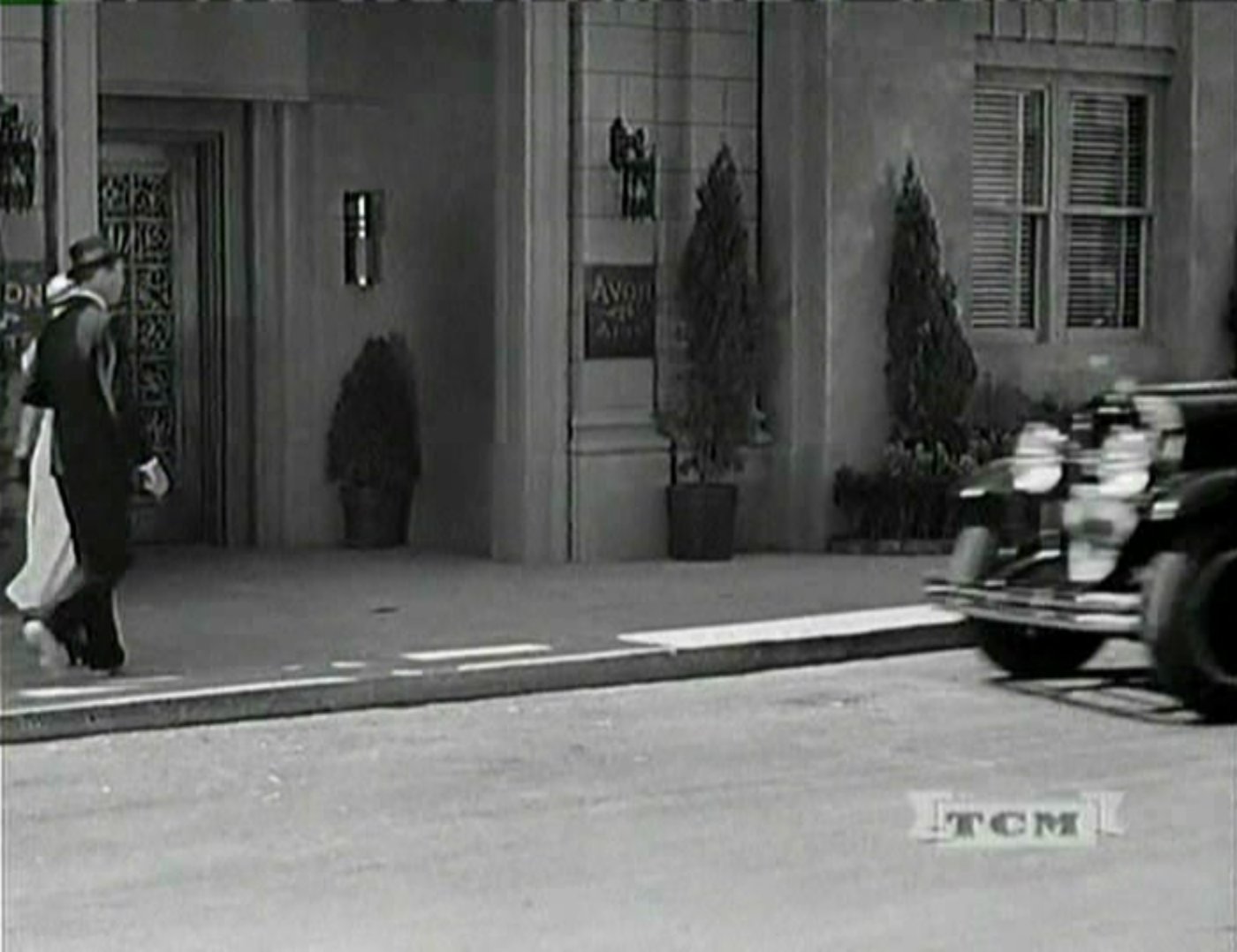
|
| SHOT ON LOCATION (click any image to enlarge) 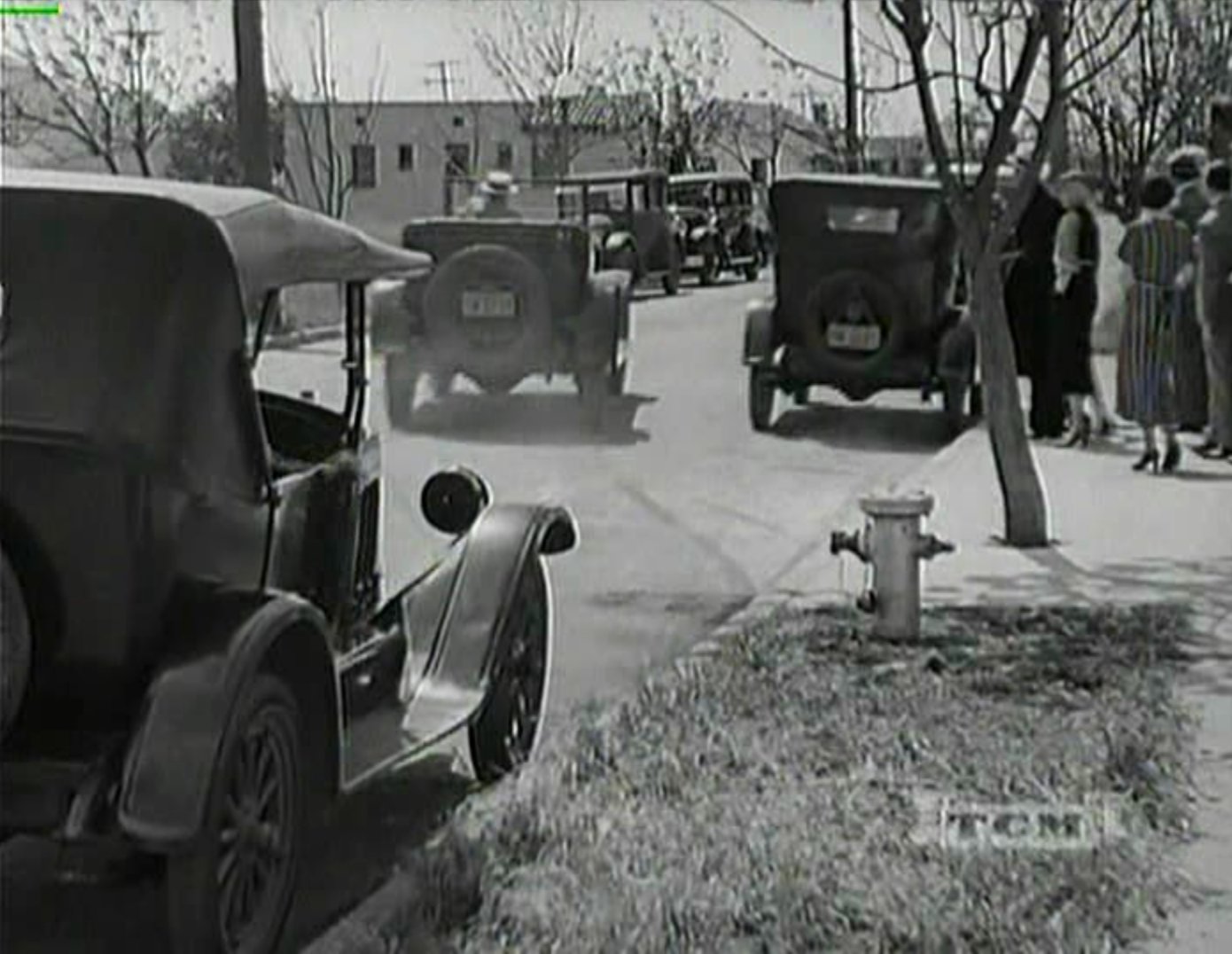
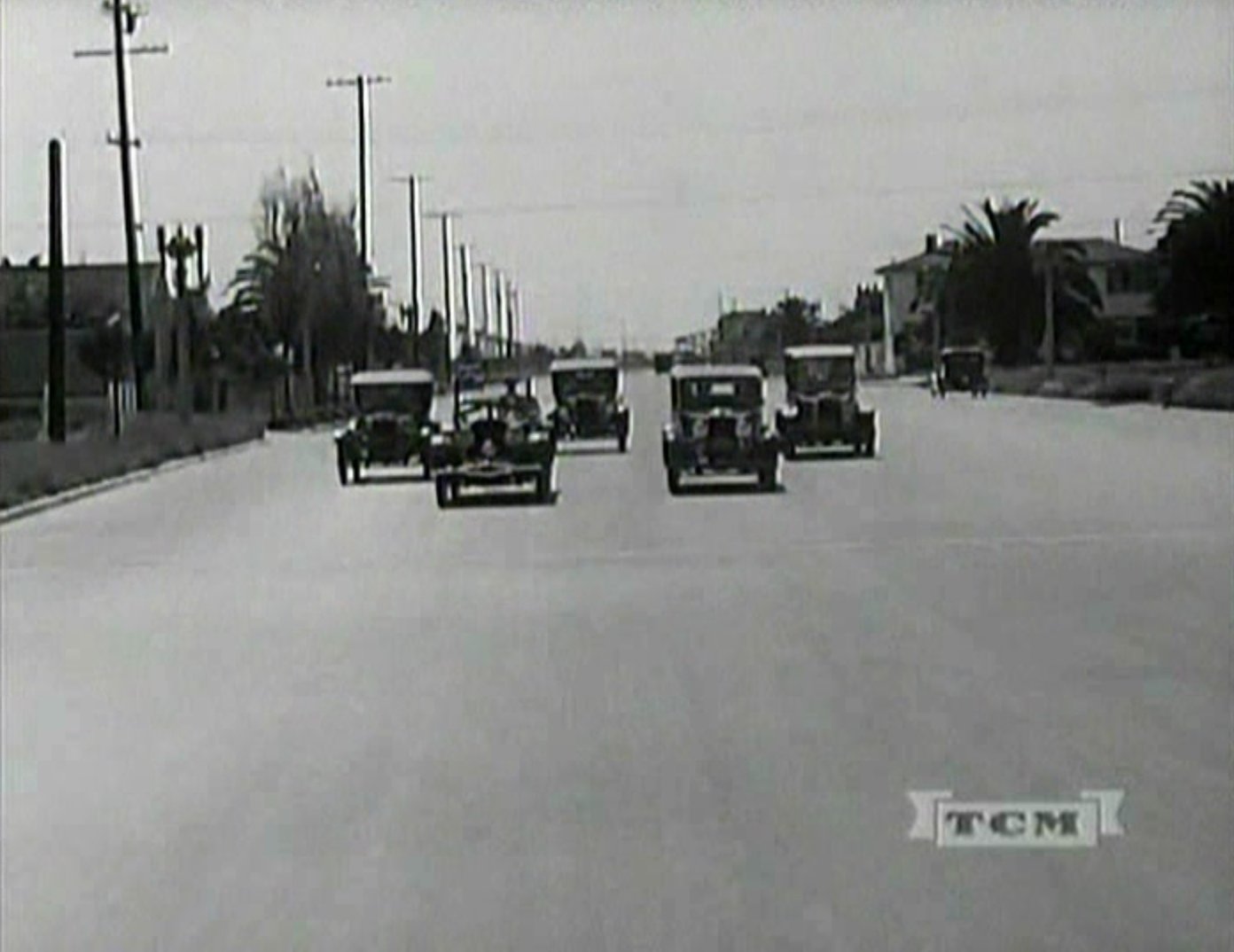
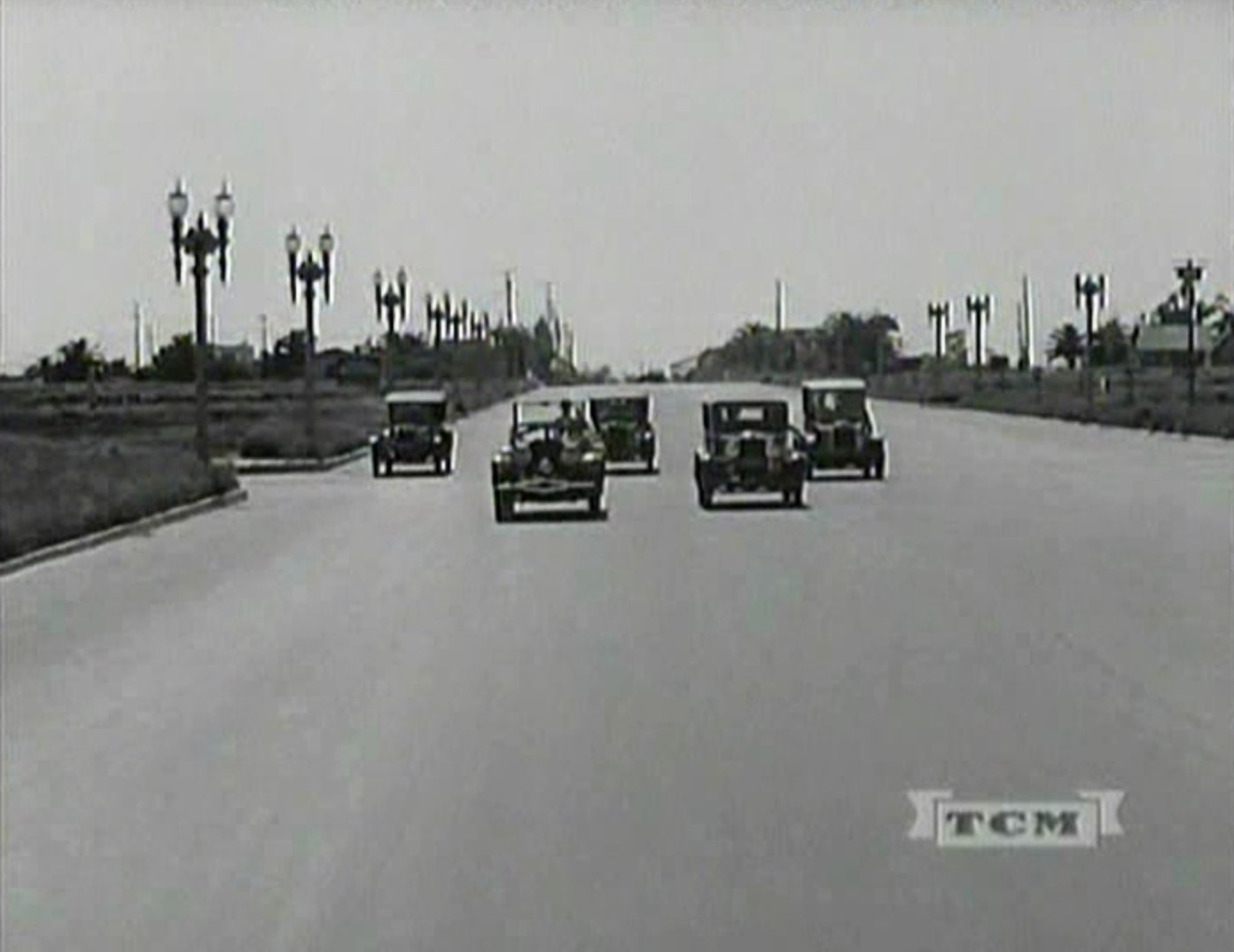
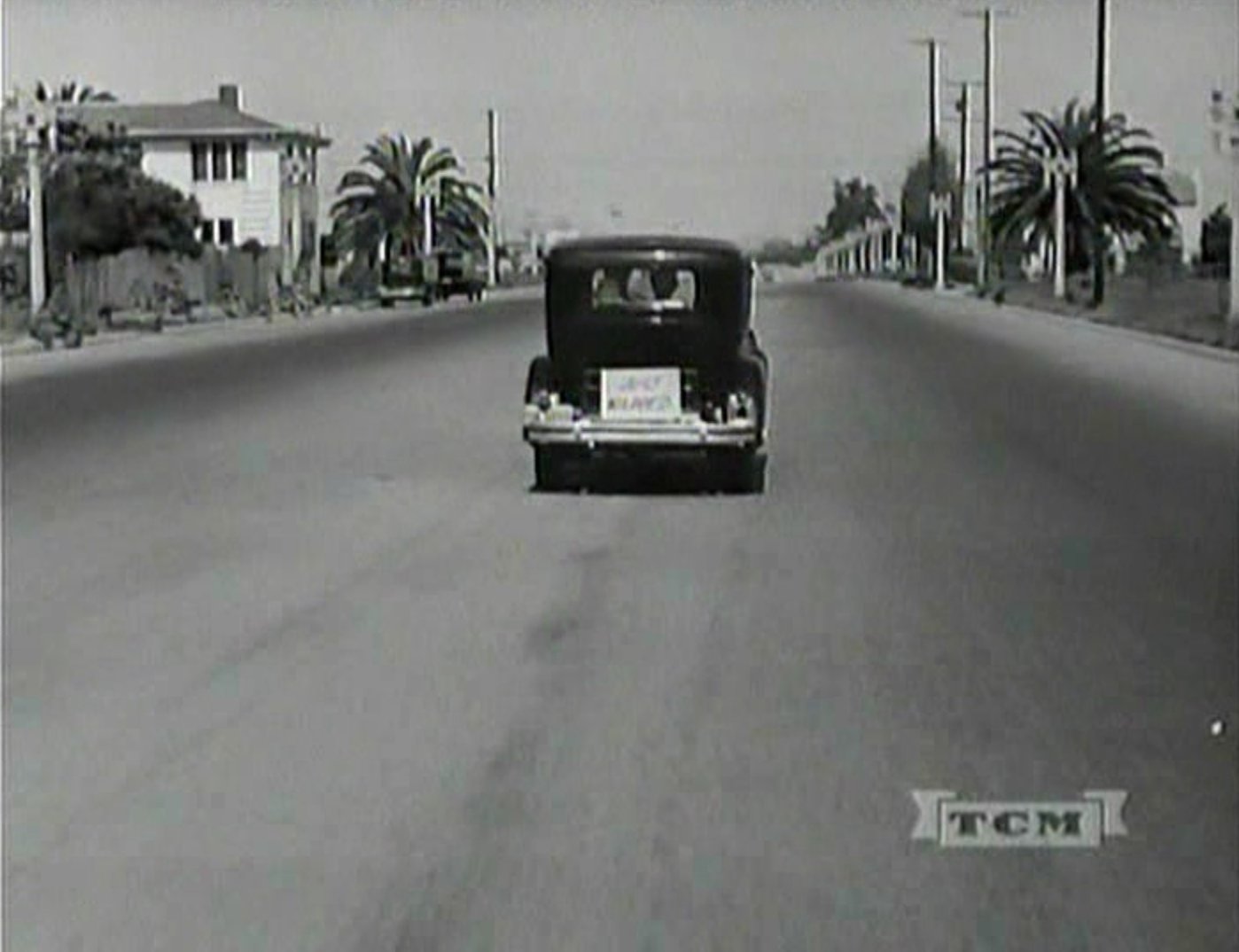 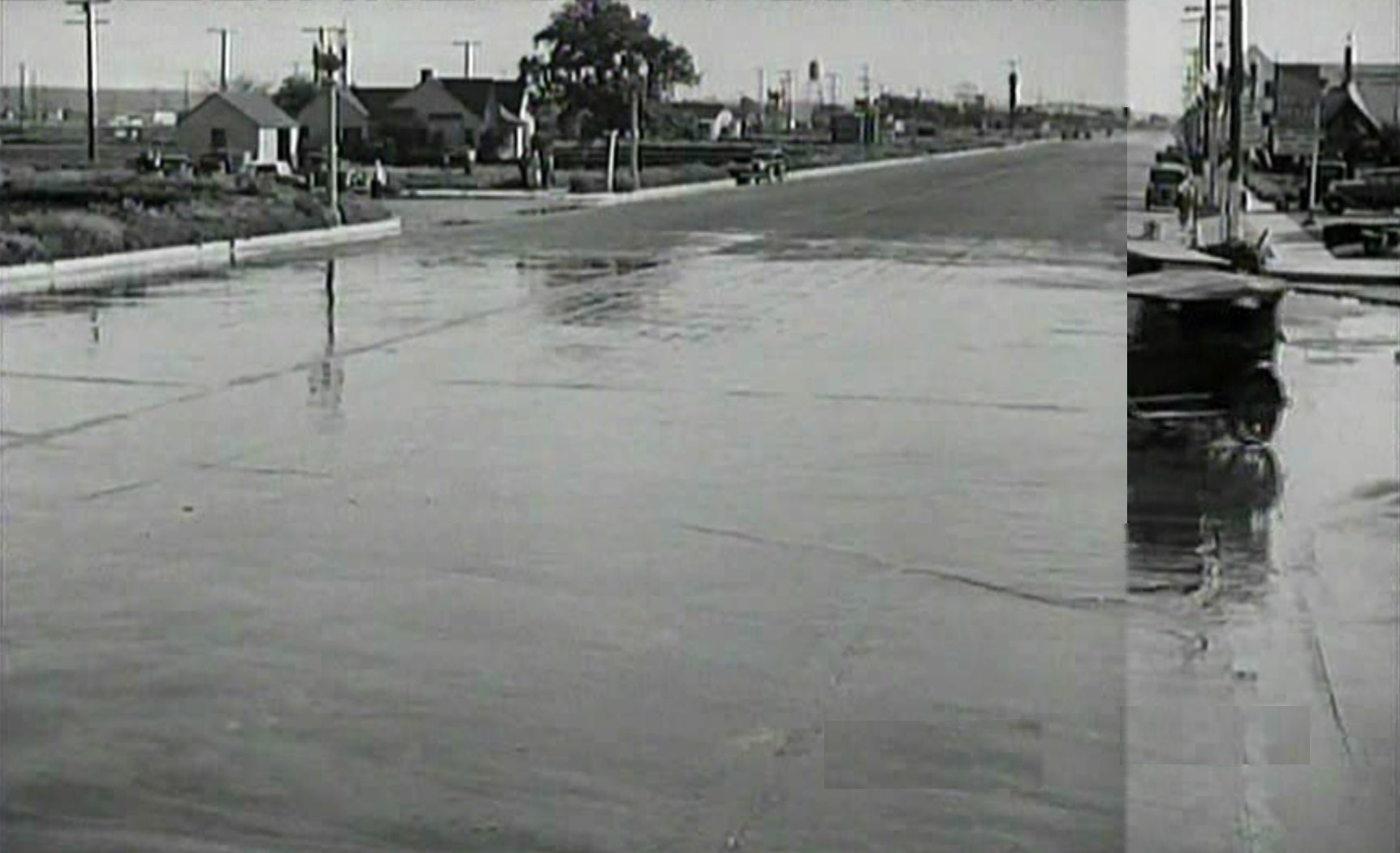
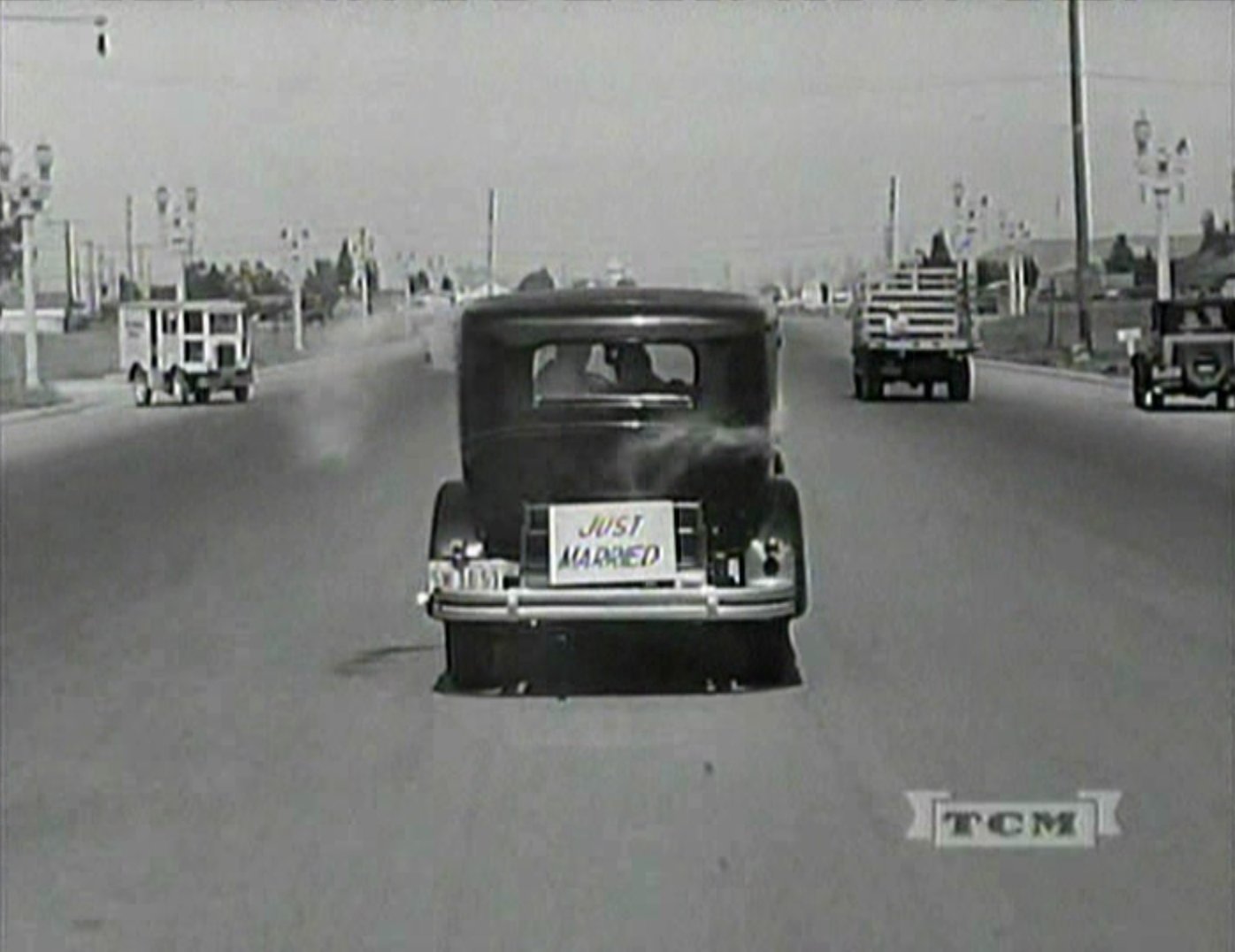
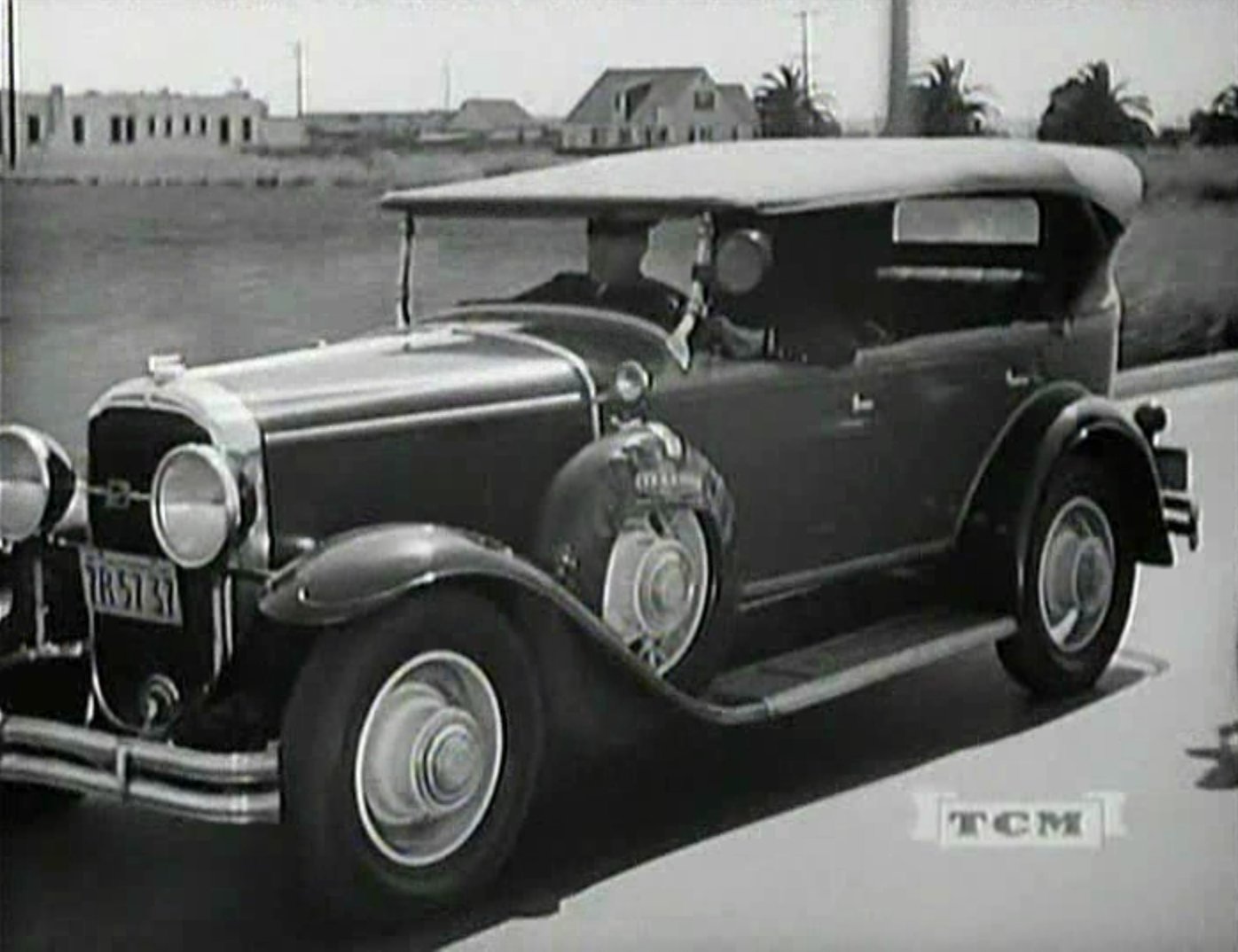
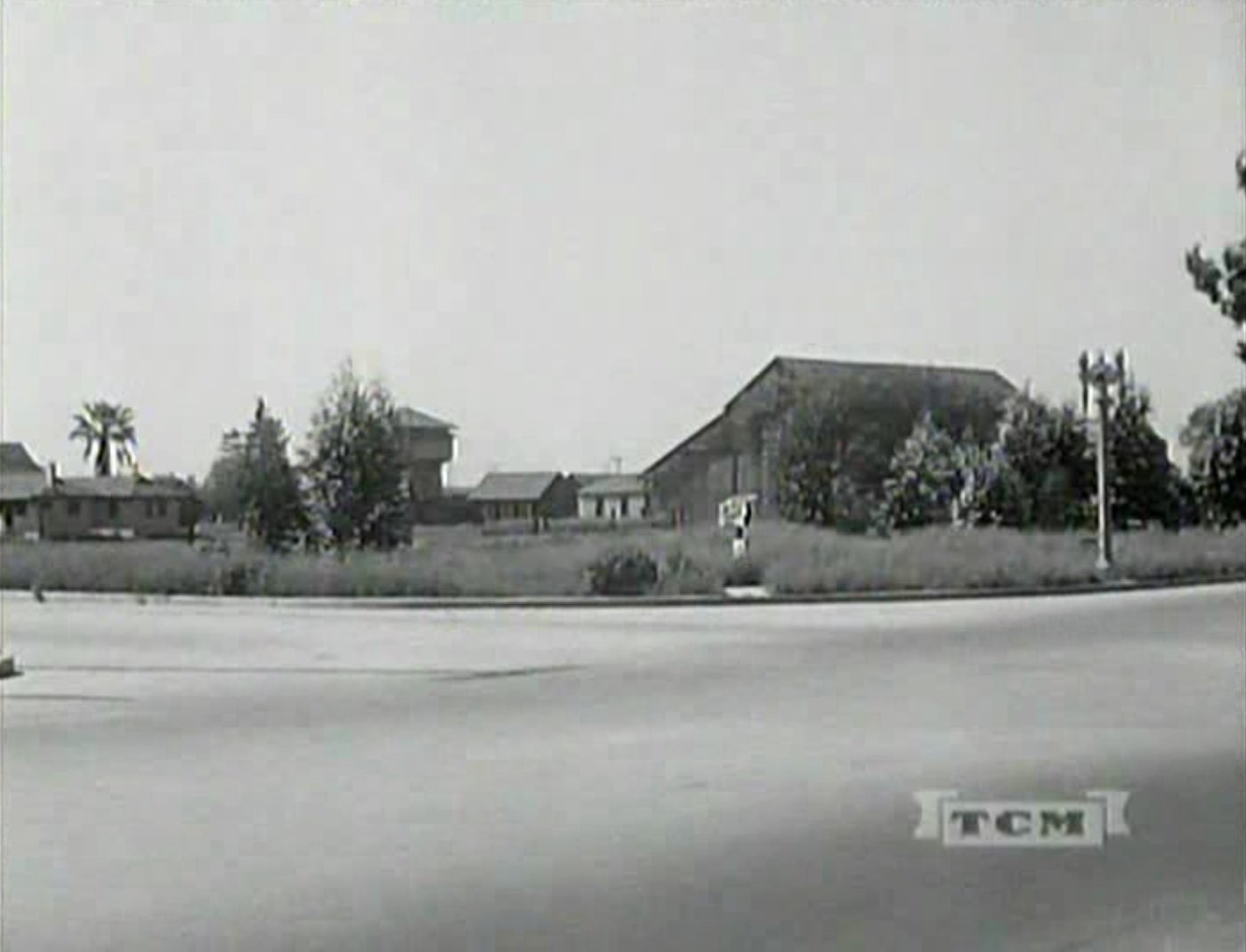 
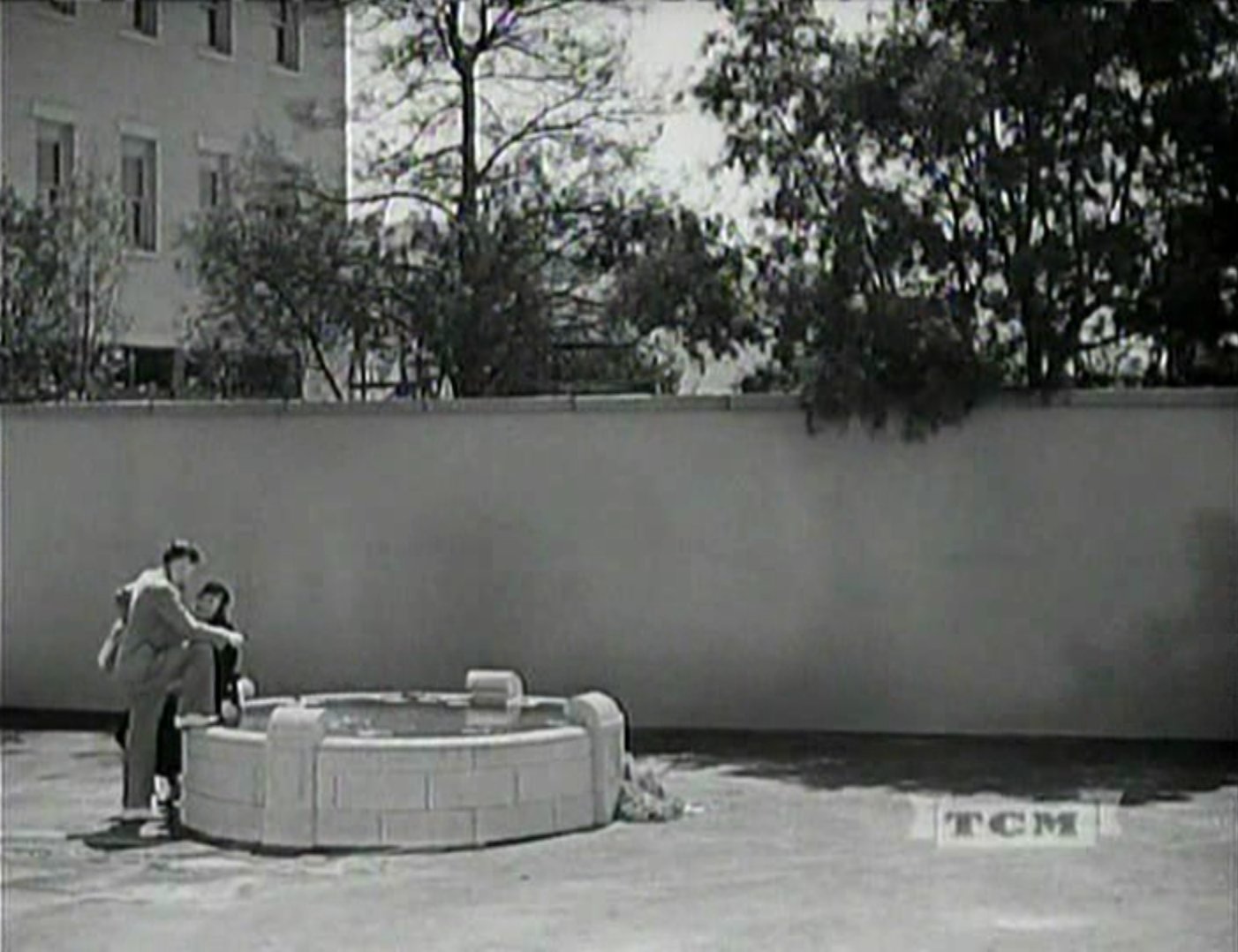
|
| RISQUE (click any image to enlarge) |
| Acknowledgements: Robert Winslow (plot, trivia, notes, extensive work; identification of Edgar Sherrod) Jesse Brisson (identification of Doc Kelly) This page was last updated on: 24 August 2024 |